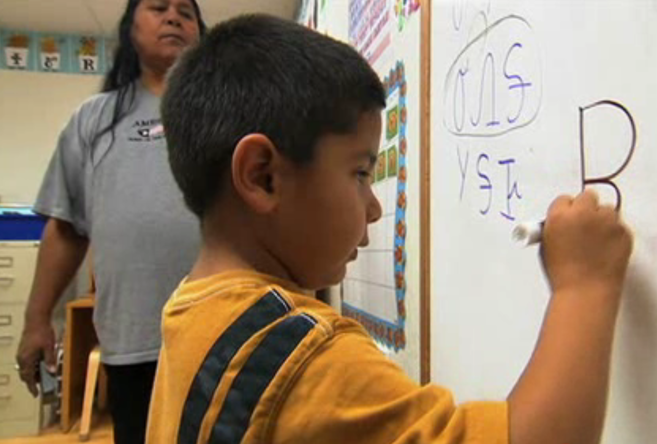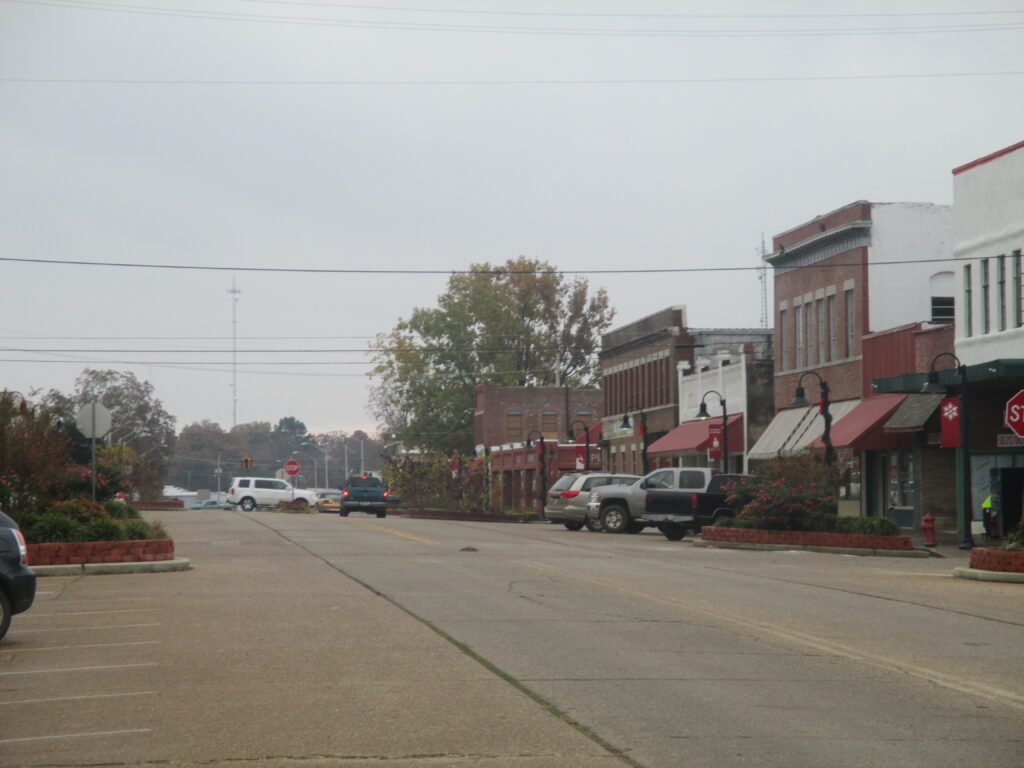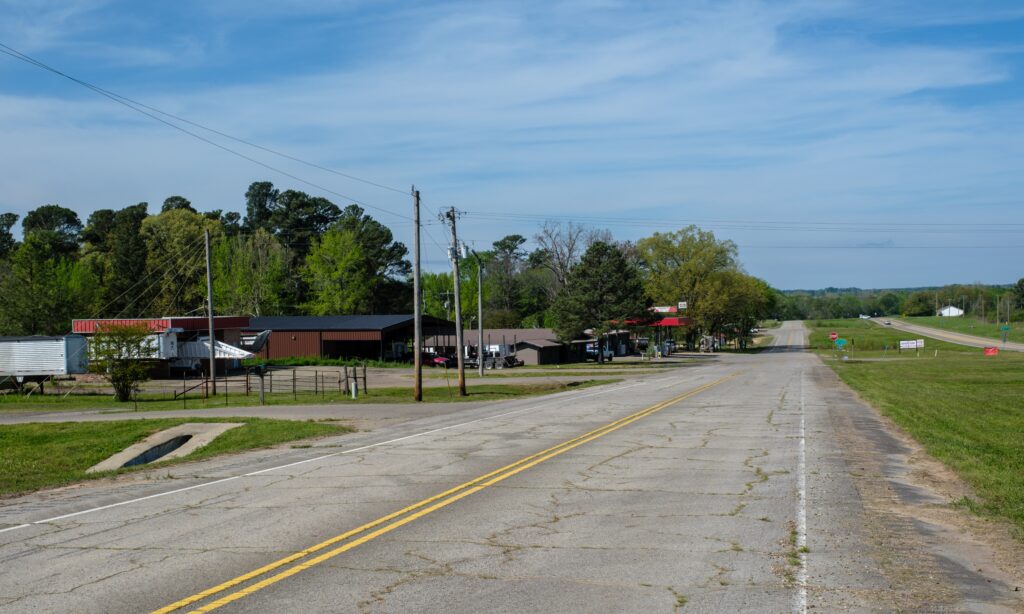It is easy to think of poverty as a phenomenon unique to the developing areas of the world, but poverty occurs in every nation in the world.
The United States, with a significant wealth inequality gap, has varying poverty rates, up to 17.8%, pointing to challenges even in the world’s largest economy.
Poverty
Although stricter definitions of poverty have a narrower focus than multidimensional poverty, the lack of sufficient income results in many of the same circumstances, namely the inability to reliably meet basic personal needs, including food, shelter, and basic utilities. These basic needs can be summed up with the acronym FCSU, or Food, Clothing, Shelter, and Utilities. In the U.S., poverty is measured using SPM, or the supplemental poverty measure, which takes into account necessary expenses, such as FCSU and taxes, household type, and government benefits as well as geographic differences, in order to gain a better picture of American poverty.
Want to Know More?
Check out this article from the U.S. Federal Census Bureau!
Whether in the United States or South Sudan (where 82.3% of the people live in poverty), poverty is frequently a multi-generational cycle, as poor families rarely have the means for education, healthcare, or employment opportunities needed to improve their situation.
… We find that most people in poverty are already working, actively seeking work, or unable to work.
– Anthony Flores, in an interview with Oklahoma Policy Institute

Oklahoma
Nearly 16% of Oklahomans live in poverty.[1] Race, gender, and disability are all factors that increase the likelihood of living in poverty. In fact, Oklahoma has the highest number of Native Americans of any state within the continuous United States, with a total of 39 federally recognized tribes.[2] While more than 19% of Native American Oklahomans live in poverty, most are able to receive support from tribal institutions that Oklahomans of other races, including Black, Hispanic, White, and others, are not.
Want to Know More?
Check out this World Population Review article!

A great deal of the state’s poverty is concentrated in more rural areas, such as the southeast (see this map). This corner, also known as “Little Dixie” for its historical connections to the American South, is one of the most beautiful areas in the state – or even in the entire country – and remains both rural and impoverished. McCurtain County, for example, in the far south east corner is the third-largest county in Oklahoma – and the sixth poorest. In fact, more than 21% of the county’s families live in poverty.[3] It has a large Native American population (16%[4]), most notably the Choctaw, and few urban centers. The largest, Idabel, has fewer than 7,000 inhabitants.[5]
Using McCurtain County as an example, OK Policy was able to draw some conclusions about rural poverty in general. Well known contributors to poverty include population density and decline, a limited tax base that restricts investment in social capital such as education and health care, and economic structures that include limited opportunities or low wage occupations.
– Paul Shinn, writing for OK Policy

There are many common factors that increase poverty in McCurtain County. Besides being isolated from the robust economies that urban centers such as Tulsa and Oklahoma City, the county has been experiencing a steady population decline in the last two decades, further decreasing the region’s economic vitality as local employable people seek opportunities elsewhere. Isolation also reinforces social norms. Sometimes, this can be beneficial, enhancing support structures for those who are struggling, but social norms can also reinforce the cycle of poverty, making it difficult for families or individuals to break free. Substance abuse, for example, frequently includes social pressures from both friends and family. Oklahoma ranks 6th in the nation for alcohol-related mortality, and each year some 1,000 Oklahomans die from a drug overdose.[6][7] 32 of those deaths are in McCurtain County.[8]
The future, however, doesn’t have to look bleak. Education or training can drastically change an individual’s fortunes, opening doors to more lucrative opportunities. Yet, in McCurtain County, OK, while 85% of people graduate high school, only 15% attain a higher degree.[9] Like many social assistance programs, schools in southeastern Oklahoma remain poorly funded with few opportunities save sports scholarships to help disadvantaged youth improve their lives.
Community Centers
Community centers enhance the lives of local residents in a number of ways. Most offer recreation and out-of-school activities such as sports, but a growing number also offer further benefits that target marginalized groups within the communities they serve, such as inclusive facilities for the handicapped and programs for seniors, including health clinic services. Like public libraries, they are also offering computer and internet use and have space to organize arts and crafts activities as well as educational programs such as adult literacy and vocational workshops. More than just fitness and fun, these facilities can be key players in the revitalization of their communities by providing educational means to achieve more lucrative employment and the health knowledge to promote healthier bodies as well as providing a safe space and affordable activities to engage local youth and keep them away from the lure of addiction and drug use.
Want to Know More?
Check out this National Recreation and Park Association article!
[1] https://okpolicy.org/2023-census-data-oklahoma-ranks-as-sixth-poorest-state/
[2] https://www.okumc.org/files/files_library/repentance2016_addition.pdf
[3] https://data.census.gov/profile/McCurtain_County,_Oklahoma?g=050XX00US40089
[4] https://usafacts.org/data/topics/people-society/population-and-demographics/our-changing-population/state/oklahoma/county/mccurtain-county/
[5] https://worldpopulationreview.com/us-cities/oklahoma/mccurtain-county
[6] https://www.addictiongroup.org/oklahoma/drug-statistics/#:~:text=Updated%20Drug%20and%20Alcohol%20Statistics%20for%20Oklahoma%201,Overdose%20Deaths%20…%204%20Youth%20Substance%20Use%20
[7] https://okpolicy.org/substance-use-disorders-are-a-public-health-crisis-in-oklahoma-expanding-health-care-coverage-will-help/
[8] https://oklahoma.gov/content/dam/ok/en/health/health2/aem-documents/prevention-and-preparedness/injury-prevention/drug-overdose/county-fact-sheets/Drug%20Overdose%20County%20Fact%20Sheet%20-%20McCurtain.pdf
[9] https://censusreporter.org/profiles/05000US40089-mccurtain-county-ok/
